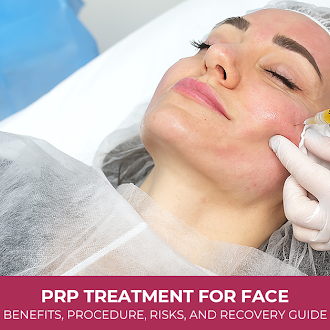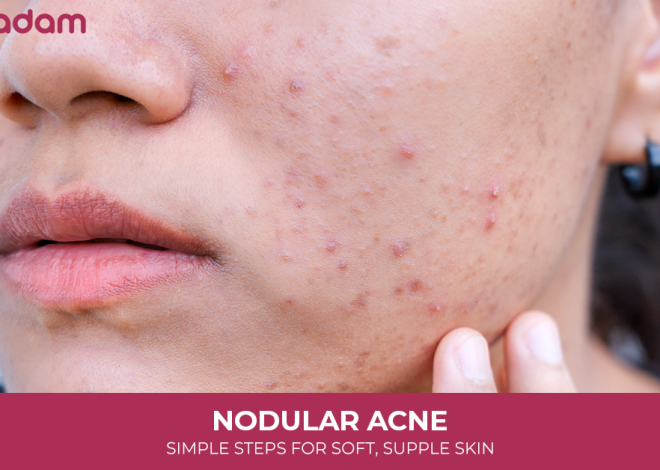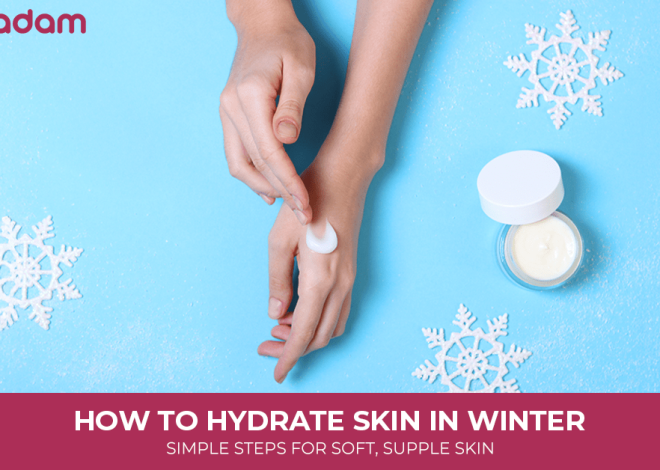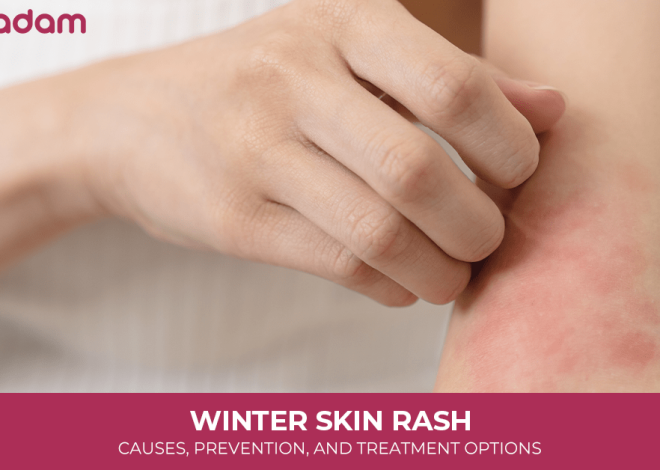
PRP Treatment for Face: Benefits, Procedure, Risks, and Recovery Guide
Whether you’re looking to revive a youthful glow, minimize fine lines, or treat skin problems such as sun damage and acne scars, platelet-rich plasma (PRP) is a versatile solution for all your skin concerns.
Platelet-rich plasma (PRP) therapy has gained popularity because of its potential to rejuvenate skin naturally and promote younger-looking skin.
Keep reading the blog on PRP treatment for face to learn about the benefits, procedure, side effects, and essential do’s and don’ts during all phases of the treatment for optimal recovery.
Table of Contents
What is PRP Treatment for Face?

Platelet-rich plasma (PRP) is a non-invasive, cutting-edge therapy that utilizes your own blood to enhance and rejuvenate your skin. The process includes:
- Drawing a small portion of your blood
- Processing it to concentrate the platelets
- After that, the platelet-rich plasma is injected into the targeted spots of your skin or face.
The result? A youthful, natural-looking skin with minimal downtime involved. The growth factors in your blood help boost collagen production, improve skin texture, promote skin healing, and tissue regeneration.
How to Do PRP Treatment for Face Step By Step
The procedure includes blood collection, centrifugation to separate the PRP, preparation of the skin with a topical anesthetic, and application of the PRP via injections or micro-needling.
Step-by-Step PRP Facial Treatment
1. Consultation and Assessment
- You’ll have an initial consultation with a dermatologist to discuss your skin concerns and medical history to determine if you are a suitable candidate for PRP therapy.
2. Blood Draw
- A small amount of blood is drawn from your arm, similar to a routine blood draw.
3. Centrifugation
- The blood sample is placed in a centrifuge, a machine that spins at high speeds to separate the platelet-rich plasma (PRP) from other blood components.
4. PRP Extraction and Preparation
- The concentrated PRP is extracted from the tube.
- Calcium chloride or other activating agents may be used to further activate the PRP, enhancing its effectiveness.
5. Skin Preparation
- The provider will thoroughly cleanse your skin.
- A topical numbing agent is often applied to minimize any discomfort during the procedure.
6. Application
- Using fine needles, the PRP is either injected into specific areas of the skin or applied over the skin after microneedling. The microneedling creates tiny punctures, allowing the PRP to penetrate the deeper layers of the skin.
7. Post-Treatment Care
- After the procedure, you’ll receive detailed post-care instructions.
- These instructions may include guidelines for keeping the skin moisturized, avoiding sun exposure, and using specific products to aid healing and prevent complications.
More Information For You: Oatmeal Honey Mask
7 Benefits of PRP Face Treatment Explained

PRP treatment is a popular choice among those looking for natural skin rejuvenation or facial aesthetics. Here are some of the PRP treatment for face benefits that you need to know about:
Fine lines
By boosting collagen and elastin production, PRP helps plump up the skin and smooth out fine lines and wrinkles.
Improves skin texture and tone
PRP is highly effective in enhancing the texture of your skin through repairing damaged tissue and improving skin elasticity.
Acne scars
By repairing damaged tissue and promoting tissue repair, PRP helps diminish acne scars, resulting in a more even and smoother skin tone.
Firm saggy skin
A key benefit of PRP treatment for face is skin tightening, improving facial contours in areas such as the under-eye region, jawline, and cheeks.
Enhances skin hydration
By encouraging better moisture retention, PRP helps improve skin hydration, thereby leaving your skin feeling nourished and supple.
Brighten your skin
PRP can make your skin younger, brighter, and radiant by improving blood circulation and giving a boost to cell turnover
Amplifies the healing process
One of the PRP face treatment benefits includes accelerating the skin’s natural healing process, refreshing dull or tired-looking skin to bring forth a healthy glow.
PRP Treatment for Face Side Effects
Here are some of the minor side effects associated with PRP facial treatment such as :
- Short-term redness and swelling just after the procedure.
- Temporary minor brushing at the injection sites.
- Slight Tightness or tingling in the treated area.
- Improved skin sensitivity to sun radiation.
Expected Results After PRP Treatment for Face

Post-PRP, your skin undergoes many phases of transformation. Here’s what to expect :
- The results of PRP therapy may vary among individuals.
- Instant glow and improved skin texture in the first few weeks.
- Reduced wrinkles and improved skin elasticity, providing a more youthful appearance within 3 months after treatment.
- Certain individuals may feel mild redness, bruising, or swelling at the injection sites. These subside within a few days.
Don’t Miss: Dehydrated Skin Treatment
Recovery After PRP Face Treatment: Key Facts to Know
Recovery after PRP is an inseparable part of the process and can significantly influence your results.
- Minimal recovery duration post-PRP therapy.
- People can go back to their normal activities just after the procedure.
- The doctor will prescribe post-treatment instructions that include avoiding excess sun exposure and incorporating a gentle skincare routine.
- To get optimal outcomes, multiple treatment sessions are recommended with a gap of several weeks.
- Regular follow-ups may be required to monitor and sustain the skin improvements.
PRP Treatment for Face: Complete Do’s and Don’ts for Optimal Recovery
For optimal recovery or to maximize results, here’s the list of essential do’s and don’ts to follow at all phases, e.g, pre-stage, during the procedure, and after the treatment.
| Do’s | Don’ts |
| Consume plenty of water both before (to ensure optimal blood quality) and post-procedure ( to support healing). | Avoid taking blood-thinning medications like aspirin 3-5 days before the procedure. |
| Use only gentle, non-comedogenic products for your skin. | Do not use retinoids or exfoliating scrubs 3-5 days before or at least 1 week after the procedure. |
| After the procedure, apply a gentle moisturiser to keep the skin hydrated. | Do not do strenuous activity that may cause excessive sweating for at least 2 days. |
| Come clean on the day of your treatment- no lotion, sunscreen, or makeup. | Do not apply makeup for atleast 24 hours after the procedure to let the skin breathe. |
| Inform your doctor about the medications or supplements you are taking. | Avoid touching, rubbing, or massaging the treated area to prevent infection and irritation. |
| Use Sunscreen with SPF of atleast 30 if going outdoors. | Avoid sun exposure to prevent skin sensitivity. |
| Eat a balanced diet filled with vitamins and minerals to improve recovery. | Skip other cosmetic treatments like chemical peels, microdermabrasion on the treated area for at least 2 weeks. |
| To monitor progress, schedule follow-up appointments. | Do not lose patience, as results may take time to be visible. |
Conclusion
PRP treatment for face provides numerous benefits for your skin. From enhancing skin texture and treating acne scars to minimizing fine lines, the list is countless. Follow the essential dos and don’ts to maximize results and enjoy the journey to transformation and rejuvenation.
FAQs
Is PRP good for the face?
Yes, PRP (Platelet-Rich Plasma) therapy is considered good for the face as it uses the patient’s own blood to stimulate collagen production, improve skin texture, and tone.
How long does PRP treatment for face last?
PRP (platelet-rich plasma) treatment for the face provides long-lasting results, typically lasting anywhere from 6 months to 18 months or longer, though results are not permanent and vary by individual.
What is the cost of PRP treatment for face?
The cost of PRP facial treatment in India generally ranges from ₹8,000 to ₹30,000 per session, with factors like clinic reputation, location, and the dermatologist’s expertise influencing the price.
How soon will I see results from face PRP?
PRP treatment results typically become noticeable between 4 to 6 weeks, with the best outcomes developing over several months, with some conditions showing maximum improvement after 6 months.
How long after PRP can I wash my face?
You should not wash your face for at least 6 to 24 hours after a PRP treatment to allow the plasma’s growth factors to penetrate the skin and work effectively.
How many times should one do PRP treatment for face?
Researchers have found that patients who get PRP results generally tend to have 3 or more treatments.
Where is PRP injected in the face?
PRP is injected into the face in areas that have wrinkles, volume loss, or textural issues, such as under the eyes, cheeks, and sometimes other areas of the lower face and neck.
What will my face look like after PRP?
After PRP (platelet-rich plasma) treatment for your face, you can expect to look younger, smoother, and more radiant due to increased collagen and hyaluronic acid production.
What cream to use after PRP treatment for face?
After PRP treatment, your provider may suggest a healing ointment like Aquaphor or Vaniply initially, followed by a gentle cleanser and a moisturizer with hyaluronic acid.
Does face PRP give instant results?
No, face PRP does not give instant results, as its benefits are gradual and develop over weeks and months.



